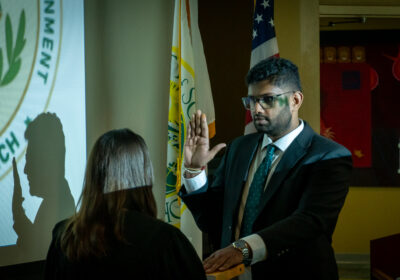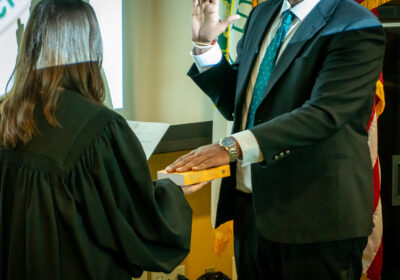Study shows STEM majors often switch
Though Florida Gov. Rick Scott has called for more investment in science, technology, engineering and math (STEM) degrees, a recent study shows students studying STEM fields are prone to switching majors.
The study, conducted by the University of California at Los Angeles, found about 40 percent of engineering and science students end up switching to another major or fail to acquire any degree, according to a New York Times article published earlier this month. Once pre-medical students are added into the mix, that statistic reaches 60 percent – “twice the combined attrition rate of all other majors.”
Autumn Mueller, director of advising at the USF College of Arts and Sciences (CAS), said the University does not have a method to track how many students switch out of STEM-related majors. Yet, 11 of the 17 new degree programs that will be offered at USF for the 2012-13 academic year are in STEM-related fields.
Mueller said students are not required to tell their adviser why they switched, as that would be an invasion of privacy, and there is no “data on why they choose to change.”
CAS houses majors which include biology, chemistry, physics, geology and math. However, Mueller said she does not believe the workload is the main reason why students switch, but rather a change in interest. A “good amount” of students are forced to select a major during admissions and do not know which one to choose, she said, so they pick fields they know are traditionally successful.
“I’m not going to say people didn’t struggle in the classes, but usually the struggling wasn’t the decision that made the difference,” she said. “When you know this is what you want to do and it’s your passion, you adjust.”
For some, that adjustment means finding a new passion outside of STEM fields.
Senior Michelle Mijide said she dreamt of becoming a biologist who cured diseases at a molecular level, and thus originally majored in microbiology and cell sciences. But after deciding her coursework was too difficult, she switched to a mass communications degree before her junior year to study public relations.
“By the time I was trying to get through the (prerequisites), I realized it was too much work,” she said. “If you don’t do well in the foundational classes, you’re not going to get any better as it progresses. It’s not going to get any easier.”
Mijide said students in science fields have more prerequisites to take before entering courses in their major.
“If you start with college algebra, you still have to take statistics, calculus I and II,” she said. “That’s an additional three classes you have to take not even in your major yet.”
Mueller said some USF students may choose to enter a STEM major they do not wish to pursue because the entrance requirements are the same as another major.
“You don’t know how many chose STEM because they couldn’t get into nursing,” she said. “They choose biology, but had no interest in being a biology major, and once they met the requirements they needed, they go on later to apply to nursing.”
University spokesman Michael Hoad said, while he is not an expert on STEM students dropping from the majors and USF does not have statistics on how many students drop STEM courses, “the study has raised some very serious questions about what happens to students who major in STEM programs.”






